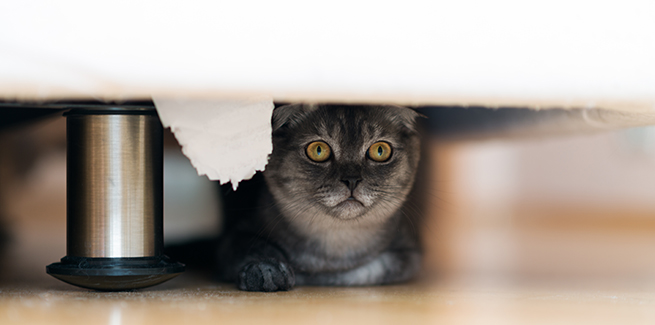FDA approves first topical opioid for postoperative pain cats

It’s been a good month for cats at the US Food and Drug administration (FDA).
On January 13, the FDA approved Zoetis’ Solensia for the control of pain associated with osteoarthritis in cats. It’s the first monoclonal antibody new animal drug approved by the FDA for use in any animal species.
Then, a week later, on January 20, the agency approved another first for pain-management in cats: Elanco’s Zorbium (buprenorphine transdermal solution), the first transdermal buprenorphine animal drug intended to control postoperative pain in cats.
Buprenorphine is an opioid pain medication that works by acting on pain receptors in the central nervous system. Zorbium is a solution that’s applied to the skin at the base of the cat’s neck and is rapidly absorbed into the layers of the skin. It provides pain relief within one to two hours following administration and continually releases buprenorphine into the body over a period of days.
Because Zorbium is a long-acting transdermal solution applied in the veterinary hospital, it may eliminate or reduce the need for cat owners to administer additional pain medications. A single application provides pain relief to the cat for four days.
This approval gives veterinarians an additional option for controlling pain in cats after surgery.
The FDA approved an injectable buprenorphine (Simbadol) for use in cats in 2015. The FDA also previously approved a nonsteroidal anti-inflammatory drug (NSAID) called Onsior, available as both an injectable and as a tablet for use in cats for postoperative pain.
Zorbium is the first FDA-approved buprenorphine product for feline pain management intended for topical application.
Researchers conducted a clinical study in client-owned cats to evaluate the effectiveness of the drug to control pain after elective surgery. The cats were of various breeds and between 4 months and 5 years of age. The cats received either Zorbium or a placebo solution without buprenorphine one to two hours before surgery.
Each cat was assessed for pain before surgery and at multiple timepoints after surgery, starting from the time the cat entered recovery from anesthesia to 4 days post-surgery (If the cat’s pain was not adequately controlled, it was given a different pain medication and considered a treatment failure). More cats in the treatment group were determined to have adequate pain control for 4 days following surgery compared to the control group.
Adverse reactions included high or low body temperature, high or low blood pressure, fast heartbeat, and sedation. These reactions were present in both the treatment and control groups and are commonly seen in cats after general anesthesia and surgery.
Zorbium is a DEA Schedule III opioid and was approved with a boxed warning, which is the strictest warning that can be issued for a drug.
Find out more about managing pain in cats—and dogs—in the AAHA 2022 Pain Management Guidelines (coming in Spring of 2022)
Photo credit: © Oksana Smyshliaeva/iStock/Getty Images Plus



